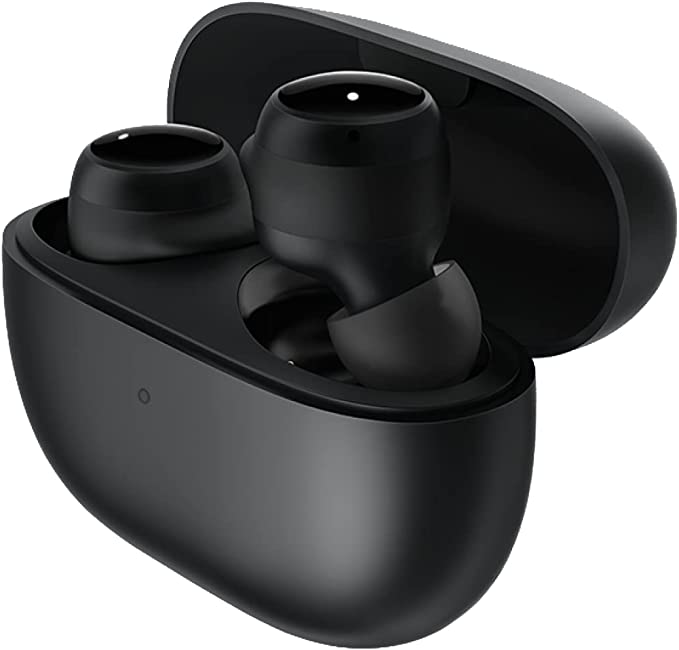Beyond the Mic: Mastering Vocal Harmonies and Effects for Singing Guitarists
Update on Oct. 29, 2025, 7:08 p.m.
For many musicians, especially those who handle both guitar duties and vocals, there is often a stark disparity in their signal chains. You might spend years curating the perfect pedalboard—obsessing over transparent overdrives, lush modulation, and pristine delays—while your vocal setup consists of nothing more than a standard dynamic microphone plugged directly into the venue’s PA system.
It is a common scenario: the instrument gets studio-level attention, while the voice, arguably the most personal and expressive instrument, is left raw and exposed. Fortunately, modern audio technology has bridged this gap, shrinking powerful studio rack gear into compact stompboxes designed for stage use.
Understanding how these dedicated vocal processors work is the first step toward reclaiming control over your live sound. By exploring the architecture of advanced units, such as the Boss VE-500 Vocal Performer, we can demystify the technology that turns a simple vocal signal into a polished, harmonized, and professional performance.

The Engine Room: Digital Signal Processing (DSP)
At the heart of any sophisticated vocal effects unit lies the Digital Signal Processor (DSP). Think of this not just as a microchip, but as a specialized brain dedicated entirely to manipulating audio in real-time.
When you sing into a processor, your analog voice signal is almost instantly converted into digital data. The DSP then applies complex mathematical algorithms to this data before converting it back to analog for the output. The speed and power of this “brain” are critical. A high-performance engine, like the 32-bit DSP found in professional-grade units, is essential for two reasons:
- Sound Quality: Higher bit depth allows for vastly greater dynamic range, ensuring that quiet whispers aren’t lost in noise and powerful belts don’t distort digitally.
- Simultaneous Processing: Modern performances often require more than just one effect. You might need compression, EQ, pitch correction, harmony, and reverb all at once. A robust DSP can handle these multiple intensive tasks simultaneously without introducing noticeable latency (the delay between when you sing and when you hear the processed sound).
The Science of “Intelligent” Harmony
Perhaps the most transformative feature for a solo performer or small band is automatic vocal harmony. Early iterations of this technology required users to manually program the key of every song—a tedious process prone to errors during a live set.
Modern “intelligent” harmony engines have solved this by actively listening to the musical context. They typically use one of two methods to determine which harmony notes to generate:
- Instrument Analysis: By plugging a guitar (or keyboard) into the processor, the device analyzes the chords you are playing in real-time. Using complex frequency analysis, it determines the root note and chord structure (major, minor, diminished, etc.) and instantly generates vocal harmonies that fit perfectly over that specific chord.
- MIDI Integration: For absolute precision, especially in complex arrangements or studio settings, MIDI data can tell the harmony engine exactly which notes to sing, regardless of what the main vocal is doing.
This technology allows a single musician to generate rich two- or three-part harmonies that follow every twist and turn of their chord progression automatically.

Pitch Correction: Safety Net and Creative Tool
Pitch correction often gets a bad reputation due to its overuse in pop production, but in a live setting, it is an immensely practical tool. It works by detecting the fundamental frequency of your voice and comparing it to the nearest “correct” standard note.
We can view pitch correction through two distinct lenses:
- Transparent Stabilization: When set to mild settings, it acts as an invisible safety net. It won’t make a bad singer sound like a virtuoso, but it gently nudges slightly sharp or flat notes into place. In a loud live environment where perfect monitoring is rare, this ensures your vocals feel tight and professional without sounding processed.
- Hard-Tuned Effect: By aggressively increasing the correction speed, you achieve the distinct, robotic “stepped” vocal sound prevalent in modern hip-hop and electronic music. Advanced processors allow you to switch between these modes instantly, giving you both a natural tool for ballads and a stylized effect for high-energy tracks.
Expanding the Palette: Vocoders and Beyond
Beyond standard sweetening, dedicated vocal processors open doors to entirely new sonic textures. The Vocoder is a classic example, famously used by artists from Kraftwerk to Daft Punk.
A vocoder requires two signals: a “carrier” (usually a synthesizer or guitar) and a “modulator” (your voice). The device uses the spectral characteristics of your voice—the way you form vowels and consonants—to shape the tone of the instrument. Essentially, you are making your guitar “talk.”
While traditional talk boxes required running a plastic tube from a speaker into your mouth (a cumbersome and often unhygienic setup), modern digital vocoders in pedal format achieve this effect cleanly and reliably. They allow guitarists to add electronic, synthesized vocal textures to their sound without needing a separate keyboard rig.
The Critical Link: Pedalboard Integration
For the singing guitarist, the biggest barrier to adopting vocal gear is often logistical: how does it fit with existing equipment?
Engineers have recognized this, designing modern vocal processors with the specific needs of guitarists in mind. Key integration features to look for include:
- Instrument Thru: This is crucial. It allows you to plug your guitar into the vocal processor for harmony detection, and then pass the unaffected guitar signal out to your regular pedalboard and amplifier. Your guitar tone remains pure, while the vocal processor silently “listens” to what you are playing.
- XLR I/O: Unlike guitar pedals that use 1/4” jacks, professional vocal gear must have standard XLR input for microphones and, ideally, stereo XLR outputs to send a balanced signal directly to the front-of-house mixer.
- Compact Form Factor: Units like the VE-500 are designed to fit onto standard pedalboards, powered by standard 9V supplies, allowing for a unified rig that handles both voice and instrument.
By understanding these core technologies—DSP, intelligent harmony, and seamless integration—musicians can make informed decisions about their setup. Elevating your vocal sound is no longer about carrying racks of expensive studio gear; it’s about harnessing smart technology designed to let your performance shine.

































